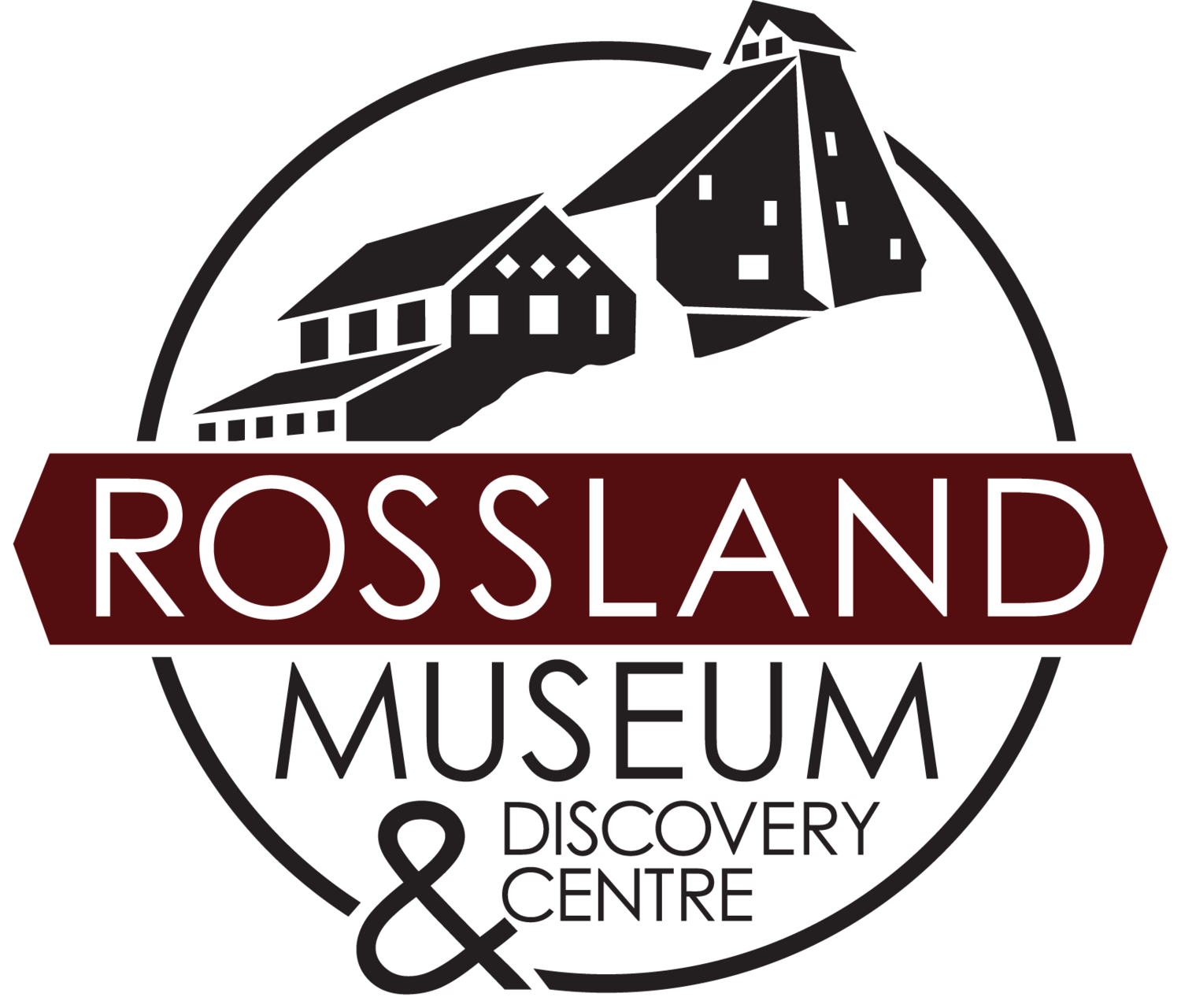June is Indigenous History Month
June is National Indigenous History Month - a time for all Canadians - Indigenous, settler, and newcomers - to reflect upon and learn the history, sacrifices, cultures, contributions, and strength of First Nations, Inuit, and Metis people.
The community of Rossland is located in unceded Sinixt təmxʷúlaʔxʷ (homeland).
We will be open by donation to celebrate National Indigenous Peoples Day - June 21st! Stop in to check out a traditional names map created by the Autonomous Sinixt with Maa Press and the Blood of Life Collective. There are also copies available in our gift shop.
Among the various visual elements illustrating Indigenous cultures, the sun (the summer solstice) is at the center, which is at the heart of the festivities. The First Nations, Inuit, and Métis as well as the four elements of nature (earth, water, fire and air) are represented in the image and shown opposite. The whole visual is supported by a multicolored smoke* reminding us of Indigenous spirituality but also the colors of the rainbow - symbol of inclusion and diversity of all First Nations, Inuit and Métis communities and their members.
*Smoke is used in different ways by all three Indigenous groups in Canada. Whether it is to smoke fish and meat, to burn sage and tobacco or for sacred ceremonies or celebrations, it is a significant symbol in Indigenous cultures.
Description of the three icons
The eagle to represent the First Nations peoples
The narwhal to represent the Inuit peoples
The violin to represent the Métis peoples
The Revelstoke Museum & Archives have a really great exhibition on the Sinixt and created a virtual tour playlist:
Our 2020 Programs Assistants put together a few videos to celebrate this month and June 21st: National Indigenous Peoples Day - museum will be open by donation that day.
Story Telling - First Nations Canoes
Story Telling - Metis Fiddle
Story Telling - Inuit Inukshuk
You can also make some bannock - try out the following recipe from our programs!
Ingredients:
3 cups all-purpose flour
1 teaspoon salt
2 tablespoons baking powder
¼ cup butter, melted
1 ½ cups water
Oil for frying
Directions:
Step 1
Measure the dry ingredients and pour into a large bowl. Stir to mix. Pour melted butter and water over the dry mixture. Stir to mix.
Step 2
Lightly flour a section of your counter top. Knead the dough on this surface about 10 times and then form it into a circle, about 1 inch thick. Cut out circles of dough using a cup.
Step 3
Cook bannock dough in a greased pan over medium heat until golden brown, then flip and do the same on the other side. Alternatively, the dough can be cooked by wrapping a long skinny piece around the edge of a stick and held over a fire.
Step 4
Enjoy! The bannock pairs well with jam or maple syrup.
Learn More
Autonomous Sinixt Webpage
Blood of Life Collective Website
Canadian Heritage - National Indigenous Peoples Day
Indigenous Tourism BC Website
First Nations Education Steering Committee - Learning First Peoples Classroom Resources

